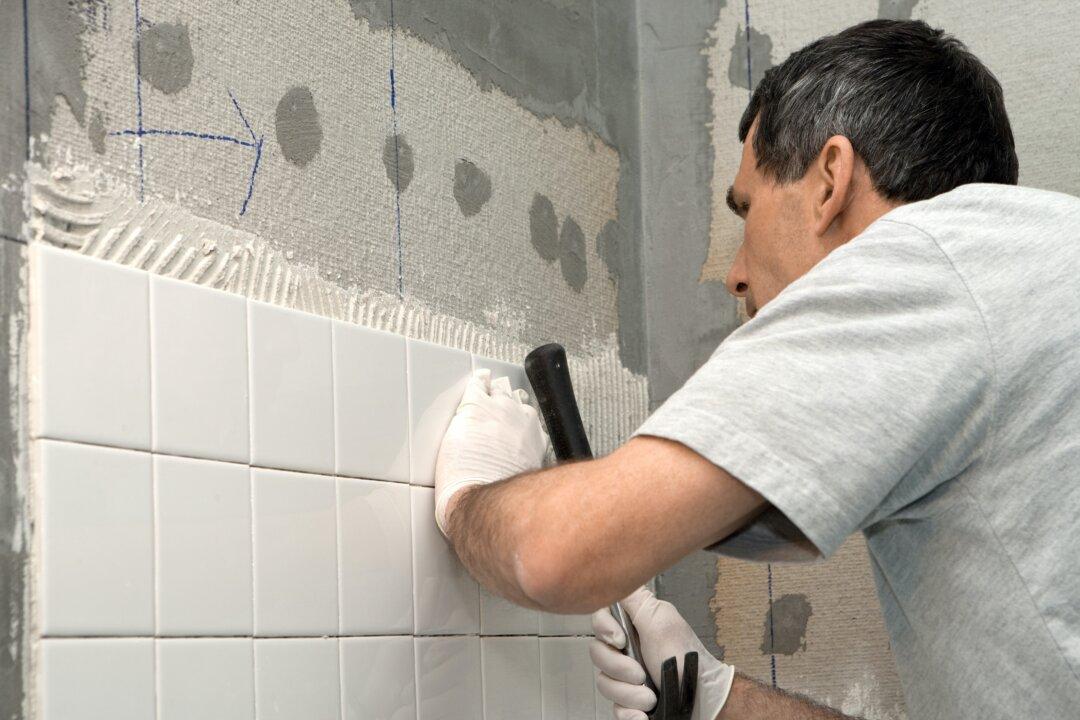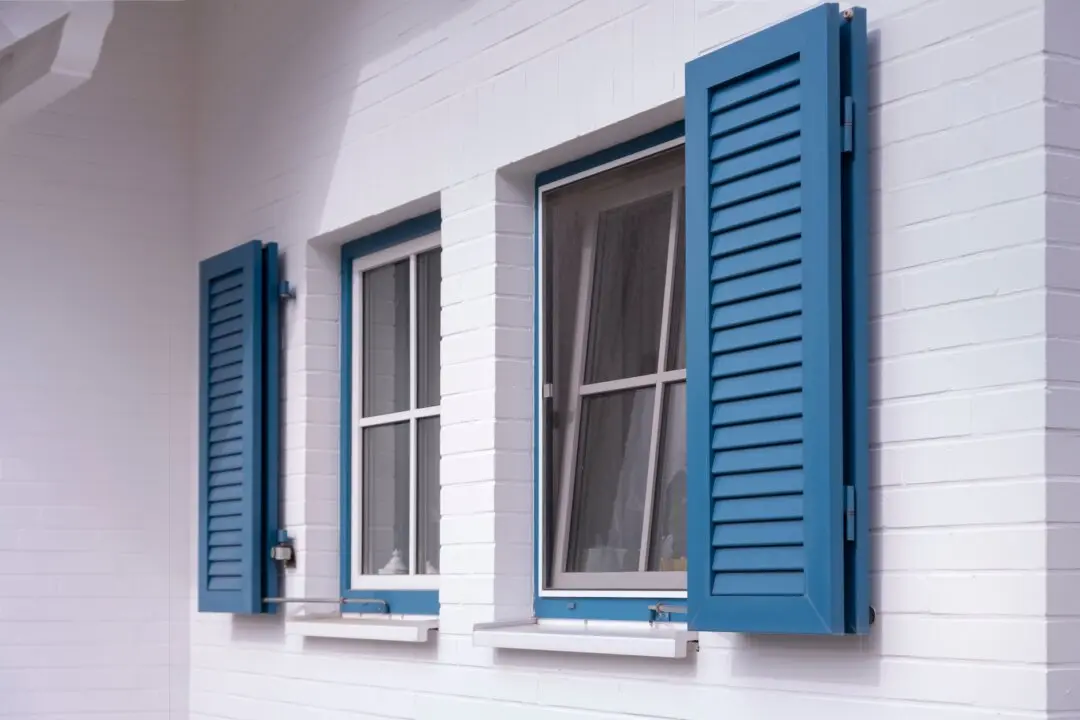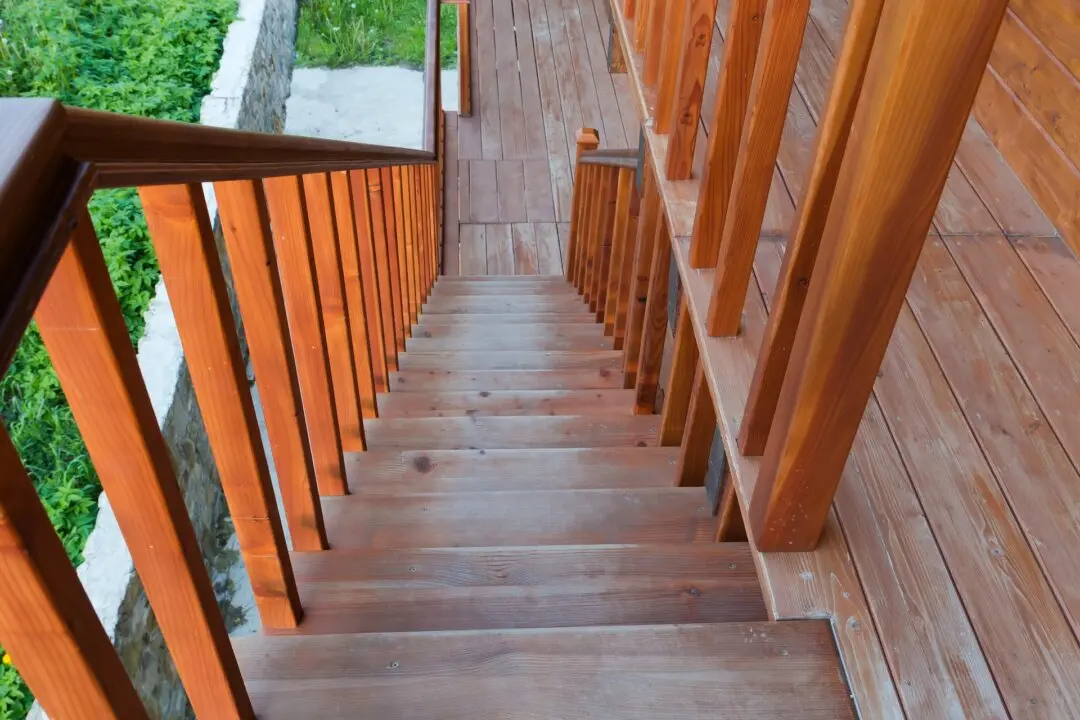Dear James: I pulled off my shower tiles and found moisture had damaged the backer board. When I rebuild the wall, what should I do differently this time?—Mimi H.
Dear Mimi: Over time, the grout can begin to break down and allow some moisture to pass through it. The grout may still appear to be in good condition, solid and hard, but the moisture still gets through. It can even pass through the backer board and damage the supporting wall lumber behind it.





